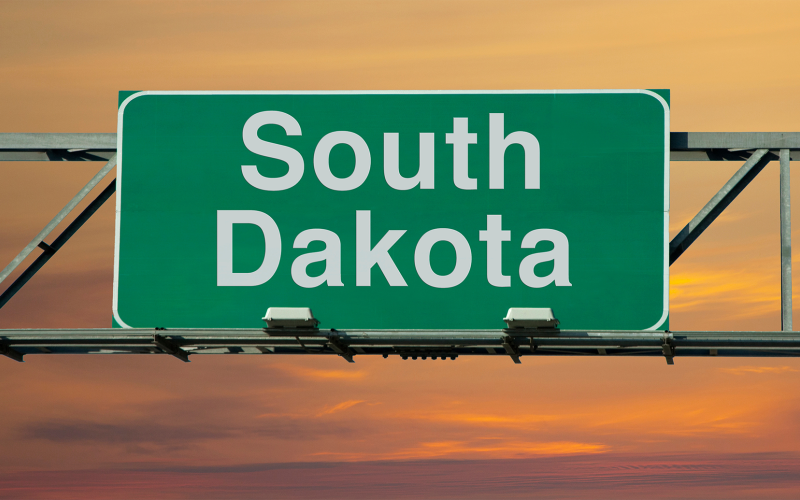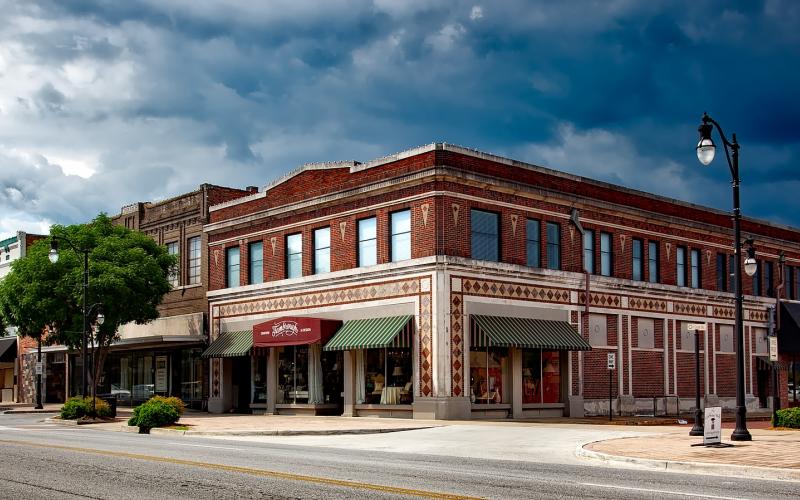Written collaboratively by Kellie Kolb, and Jeremiah Bergstrom.
Program Background
The Healthy Landscapes, Healthy Communities (HLHC) initiative is the brainchild of Jeremiah Bergstrom, Lecturer at South Dakota State University’s School of Design. “Healthy Landscapes, Healthy Communities was an idea I suggested that we now use to describe our research and creative activities in the Landscape Architecture program, and it blossomed from there into a planned collaboration between the School of Design and SDSU Extension,” Bergstrom stated.
“This effort will provide communities across South Dakota an opportunity to envision vibrant public spaces through an engaged planning and design effort in collaboration with the SDSU School of Design faculty members and students and SDSU Extension specialists.”
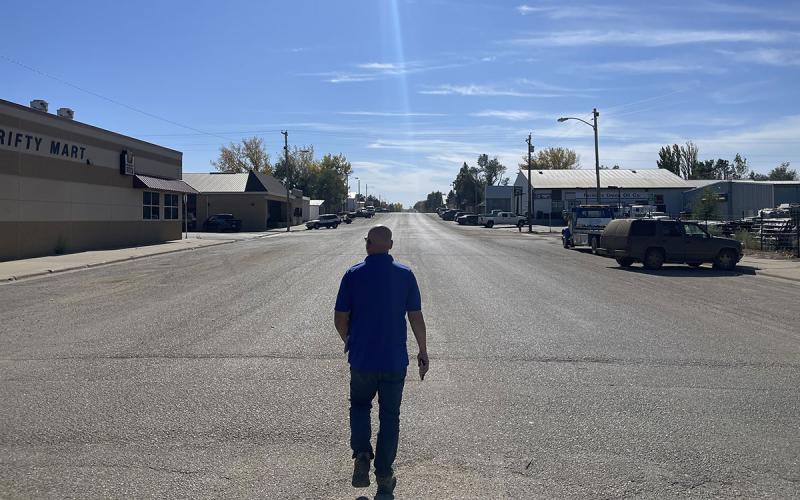
Bergstrom began working with SDSU Extension representatives this past summer to identify and solicit projects and partnerships with candidate communities and organizations ready to engage in one of the three focus areas for the inaugural year of the HLHC place-making initiative.
Focus Areas
Three primary focus areas for placemaking and community engagement:
- Built environment and public health
- Environmental and resource management
- Community participation for placemaking and infill
Pilot Communities
Once the community partnerships were formalized, site visits were set up with each of the three pilot communities consisting of a School of Design student cohort comprised of junior and senior design students led by either Bergstrom or Dr. Robert Dalton and paired with a SDSU Extension team member. The three communities whose projects were selected to move forward in the Healthy Landscapes, Healthy Communities program were the following
Aberdeen
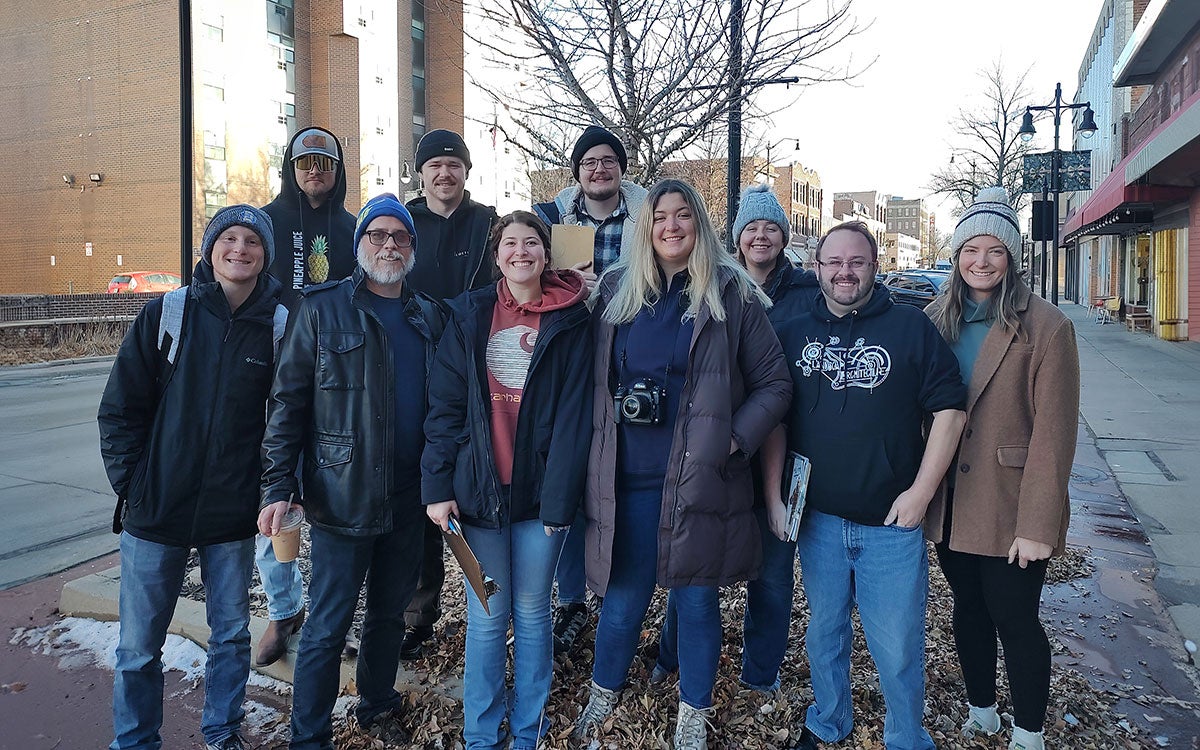
- Project Leaders: Dr. Robert Dalton and Kellie Kolb
- Community Partner: Aberdeen Downtown Association
Dupree
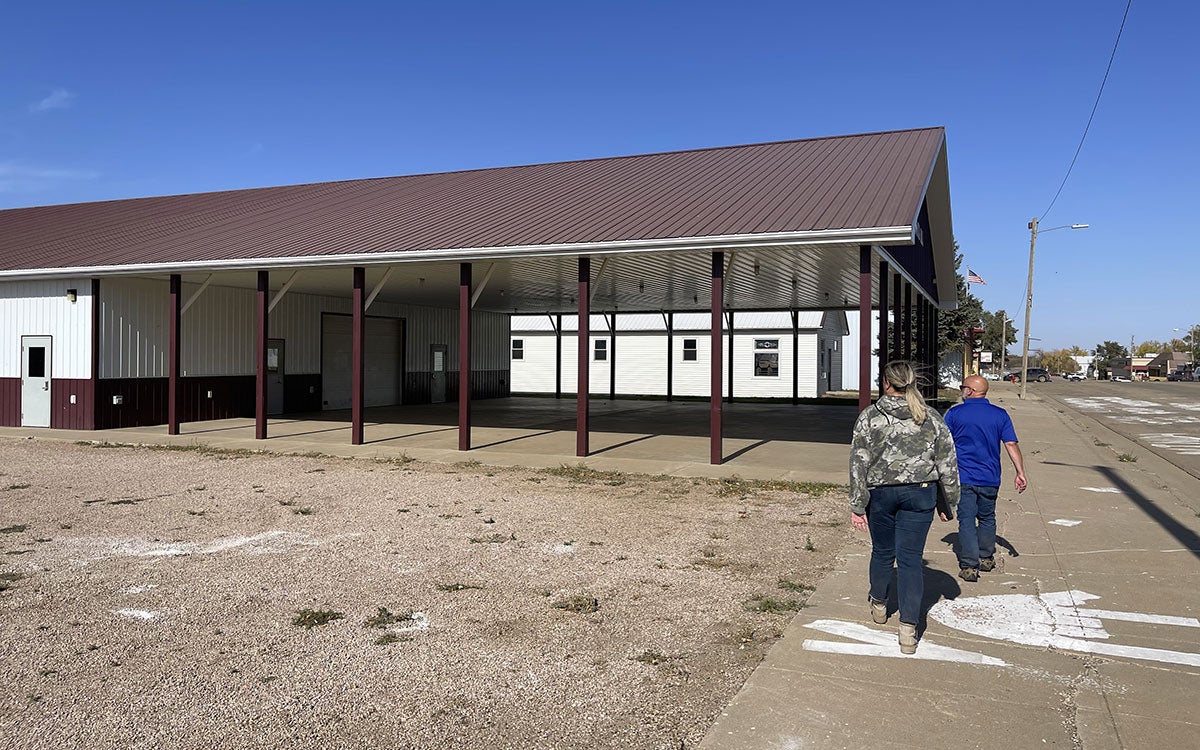
- Project Leaders: Jeremiah Bergstrom and Nathania Knight
- Community Partner: Zanniya Wellness Coalition
Wessington Springs
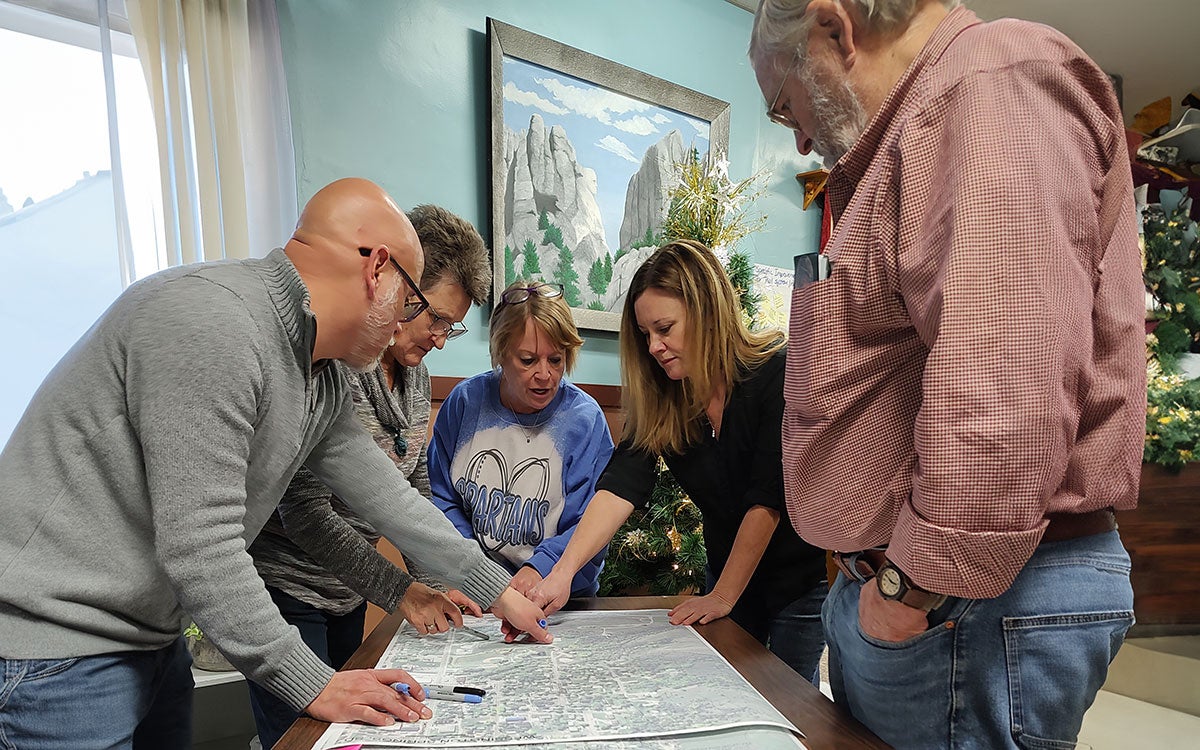
- Project Leaders: Jeremiah Bergstrom and Kellie Kolb
- Community Partner: Wessington Springs Chamber of Commerce
“We have three unique communities, ranging in population from just shy of 500 to upwards of over 28,000 people, with vastly different perspectives to take into consideration as we move forward. It will be up to us as faculty to mentor and guide the students, as well as guiding community stakeholders through a planning and design process focusing on the needs, goals, and initiatives each of the communities have identified,” stated Dr. Robert Dalton, Assistant Professor, SDSU School of Design and lead for the Aberdeen project.
“Our community visit to Dupree this past October with the School of Design students and Jeremiah Bergstrom was only the beginning of our efforts to reimagine how healthy landscapes can positively impact the health and well-being of the residents of Dupree on the Cheyenne River Sioux Tribe Reservation,” commented Nathania Knight, Family and Community Health Extension Associate.
Program Outcomes
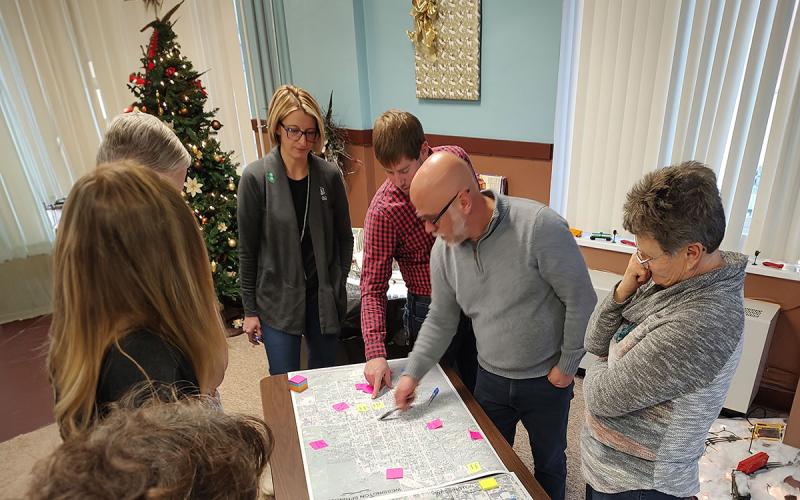
The outcomes of each collaboration will include an action plan and a small-scale temporary or pop-up intervention/event that will be used to kick-off the community or organization’s action strategy. “The student’s visioning efforts will be completed by June 2025 and delivered to the communities. Once shared, the next steps are entirely up to the community,” commented Kellie Kolb, SDSU Community Vitality Field Specialist. “They can use the information presented to move forward however they deem fit, whether it be using the final deliverable to secure project funding, perhaps engaging with an engineering firm or contractor depending on the project, or rallying the community and volunteers around the vision to complete the project. The Healthy Landscape, Health Community Project is a wonderful first step in making a difference in each community.”
“During this first pilot year, we were able to deliver these services at no cost to the community thanks to a grant provided by SDSU Extension.” Bergstrom shared. “At the conclusion of this round of projects, we will gather input and evaluate the program. These initiatives are designed to help communities re-imagine spaces within and plan for healthy growth through the 21st and into the 22nd century, and I am hopeful we will be able to continue the Healthy Landscapes Healthy Communities initiative into the future.”

